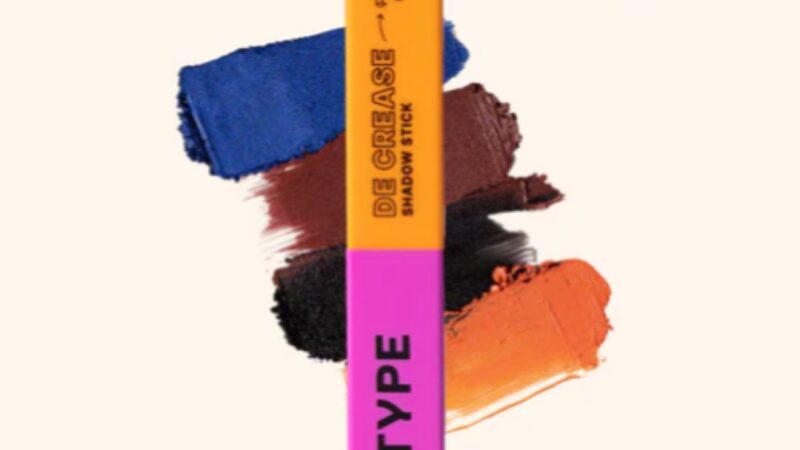Is 16 GB in AIO Enough for Graphic Designers and Creators?

Are you ready to elevate your creative workflow?
Whether you’re an experienced graphic designer or just starting, the right tools can make all the difference. If you’re serious about high-resolution designs, 4K video editing, or 3D modeling, your first step is a powerful computer that can keep up with the demands of modern creative tasks.
All-in-one (AIO) computers with 16 GB of RAM can offer solid performance for most creative projects, but is it enough to support your most demanding tasks?
The market for all-in-one PCs was estimated to be worth USD 15 billion in 2023 and is projected to grow at a compound annual growth rate (CAGR) of 6.0% from 2024 to 2032, reaching USD 25.34 billion.
You might have a few questions:
- But is 16 GB of RAM sufficient for heavy design work?
How does an AIO computer handle resource-intensive tasks like 4K video editing or 3D modeling?
In this guide, we’ll break down the key performance factors to consider and how an AIO with 16 GB of RAM can enhance your workflow.
Let’s explore your next creative powerhouse:
Why RAM Matters For Creative Work
Before we jump into specifics, let’s first understand the role RAM plays in your creative tasks. RAM (Random Access Memory) acts as your computer’s short-term memory. The more RAM you have, the more data your machine can process at once.
Your computer needs to handle large files quickly and efficiently for tasks like photo editing, video rendering, or 3D modeling. When RAM is limited, the system has to rely on slower storage (like your hard drive or SSD), which can seriously slow down your workflow.
For example, when working on projects with large image files or complex video edits on 512 SSD IdeaPad Pro 5 Gen 9 16 inch AMD, your system needs to keep things running smoothly to avoid lag.
So, the question arises: how much RAM is enough for your creative tasks? Let’s find out.
Is 16 GB Enough for Most Creative Tasks?
The short answer? Yes, 16 GB of RAM can be enough for many graphic designers and creators. But let’s break it down to see why.
General Graphic Design
For most graphic design work, 16 GB is generally more than sufficient. Programs like Adobe Photoshop, Illustrator, or InDesign typically don’t require as much memory when you’re working with standard files.
Tasks like creating logos, posters, or digital illustrations with moderate-sized files won’t put too much strain on your system. 16 GB should easily handle these operations without much lag or slowdowns.
Video Editing and Motion Graphics
When it comes to video editing, the demands on your computer’s RAM increase. Editing 1080p video files isn’t as taxing, and 16 GB is often enough for smooth editing. However, when you’re working with 4K footage or high-res files, the story changes.
Video editing programs like Premiere Pro or DaVinci Resolve can quickly consume large amounts of memory, especially if you’re layering effects or working with multiple tracks.
If you consistently work with high-resolution content, 16 GB might feel a bit tight. But don’t worry, it’s still possible to get by.
3D Modeling and Animation
For 3D artists and animators, RAM is even more crucial. Programs like Blender, Maya, or Cinema 4D can be memory-intensive, particularly when working with complex scenes, detailed textures, or rendering high-quality animations.
In these cases, 16 GB may feel like it’s on the lower end, especially when dealing with large, intricate models or animations.
However, it’s not impossible to work with 16 GB. Many professionals find ways to optimize their workflow, such as using simpler models or limiting the number of textures.
Multi-tasking and Running Multiple Apps
Creative professionals often have several programs running at once. You might have Photoshop open while you’re editing video in Premiere and managing assets in your file browser.
16 GB of RAM can generally handle multitasking well, but as you start stacking more apps and larger files, your system might start to show signs of strain. You could notice lag, freezing, or even crashes if you push it too far.
In this case, 16 GB should still be adequate for most users, but if you’re consistently working with a heavy load of apps or large files, you might want to consider closing unused programs to free up memory. It’s all about managing your resources effectively.
How Does the Storage Size Play Into This?
It’s also important to consider storage, especially since it works hand-in-hand with your RAM. A 512 GB SSD can be a solid choice for most creative professionals. It’s fast and offers enough space to store your files without constantly worrying about running out of room.
The benefit of having an SSD (Solid State Drive) instead of an HDD (Hard Disk Drive) is the speed. SSDs allow for quicker file retrieval and faster performance, which is crucial when you’re working with large files.
So, if you’re using a system with 16 GB of RAM and a 512 GB SSD, you’ve got a nice balance of performance and storage. Files open faster, and your operating system can swap data between memory and storage more efficiently.
Optimizing Your Workflow
Even with 16 GB of RAM, you can optimize your workflow to get the best performance. Here are a few tips:
- Close Unnecessary Apps: Always close programs you’re not using. The more apps you have running, the more RAM you consume, which can slow down your machine.
- Use File Compression: Large files can take up a lot of memory. Compress your files when possible to free up space and reduce the load on your system.
- Use Proxy Files: For video editing, working with proxy files (lower-resolution versions of your footage) can speed up the editing process and reduce memory usage.
- Keep Your System Clean: Regularly clean your system of unnecessary files and ensure your software is up-to-date. An optimized, clean system will perform better overall.
The Bottom Line
So, is 16 GB of IdeaPad Pro 5 Gen 9 16-inch AMD enough for graphic designers and creators? In most cases, yes. For general graphic design, light video editing, and even some 3D modeling, 16 GB of RAM paired with a 512 GB SSD is more than sufficient.
However, you may encounter some performance hiccups if you’re working with very large files or complex projects. It all depends on your specific needs and how you manage your workflow.
If you consistently hit performance limits, consider upgrading your RAM or opting for a machine with more powerful specs. However, for most creative professionals, 16 GB should handle day-to-day tasks with ease, allowing you to focus on what you do best.



